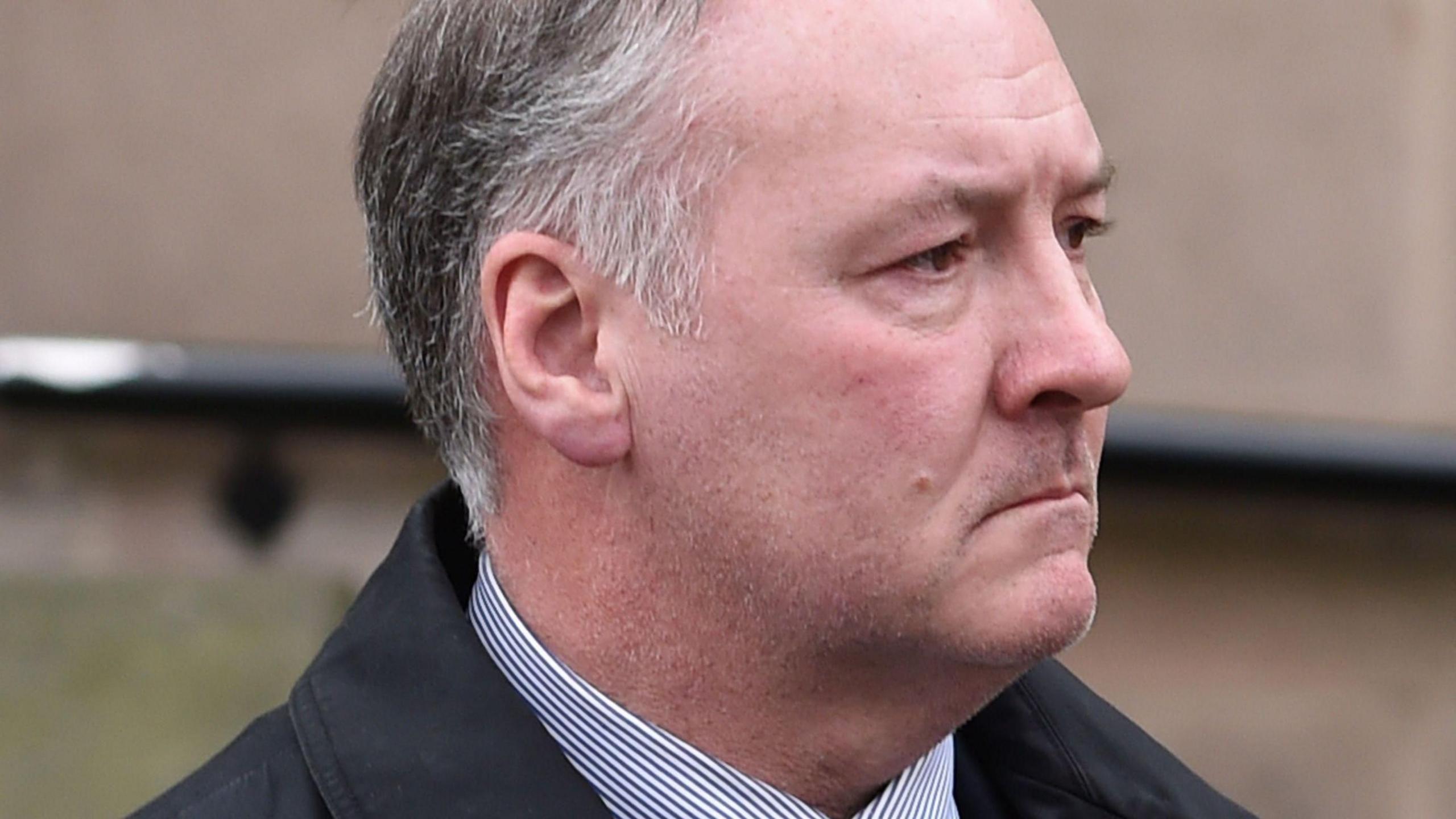Paterson denies leaving breast tissue after mastectomy

Ian Paterson denies leaving breast tissue behind after performing a mastectomy on Chloe Nikitas, who died in 2008
- Published
Jailed surgeon Ian Paterson has denied leaving breast tissue behind after performing a mastectomy on a woman who went on to die when cancer reoccurred several years later.
Inquests are currently taking place into the deaths of 62 of Paterson's patients, many of whom had so-called cleavage-sparing mastectomies, where some breast tissue was retained.
Chloe Nikitas, from Tamworth, underwent a mastectomy carried out by Paterson in 2002, but died in 2008 at the age of 43.
Paterson denied leaving any breast tissue behind and told the inquest: "I wouldn't compromise her cancer care for the sake of aesthetics."
The disgraced surgeon gave evidence to Ms Nikitas's inquest via video link, having been jailed in 2017 for multiple counts of wounding, relating to 10 of his patients.
He had previously refused to attend her inquest, the first of the 62 to open, to give evidence, claiming the proceedings were unfair and "biased", but was later ordered by the coroner to attend the inquests.
At the inquest, Paterson described Ms Nikitas, who was a scientist, as "a tiny little bundle of energy" who was a unique patient, as she was highly involved in discussions and decision making about her treatment.
'Not pioneering surgery'
In a letter, shown to the hearing, that was sent from Paterson to Ms Nikitas's doctor in 2002, the surgeon said an abnormality in her mammogram affected the whole breast and he thought she should have to have the rest of her breast tissue removed.
Jonathan Jones KC, counsel to the inquest, told Paterson that Klaus Ströhle, Ms Nikitas's partner, previously told the inquest the surgeon had told them he was going to perform a cleavage-sparing mastectomy.
Paterson strongly rejected this, saying that the passage of time meant "everything [was] contracted into one story", and that the term cleavage-sparing mastectomy had not been coined until 2007.
Mr Jones said to Paterson he told Mr Ströhle and Ms Nikitas he was going to perform "pioneering surgery" on her, a claim he also denied.
"I don't think I ever used the word pioneering surgery," Paterson said.
"That would suggest I was doing something no one else was doing. I was trying to say there is a more modern approach for people with more widespreading disease [with mastectomies]."
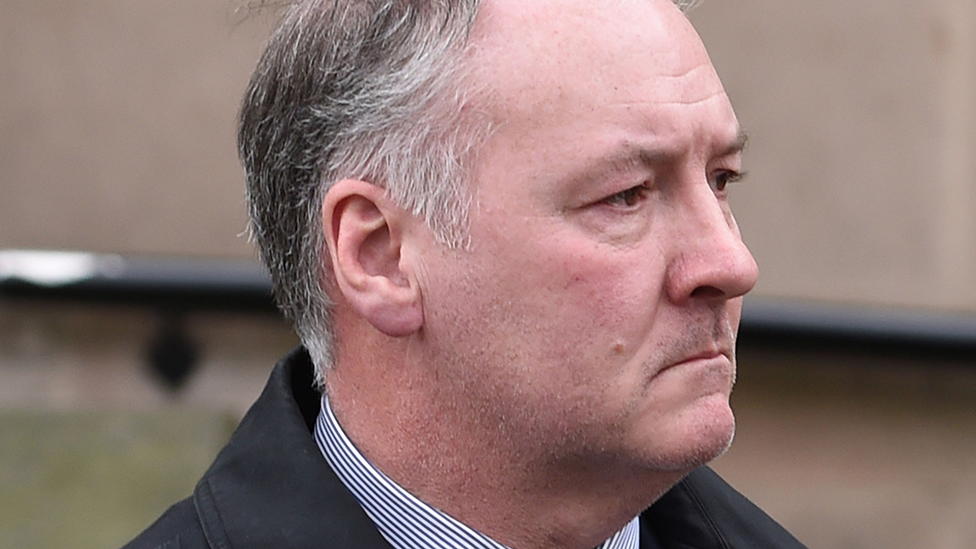
Paterson is currently serving a 20-year jail sentence after being found guilty in 2017 of multiple counts of wounding, relating to 10 of his patients
When quizzed by Mr Jones on whether he left behind breast tissue during the mastectomy, Paterson said: "I didn't leave breast tissue behind, let's move on. I wouldn't compromise her cancer care for the sake of aesthetics.
"It's ridiculously stupid trying to retain any tissue in a tiny breast envelope that is mammographically full of disease. It's manifestly stupid."
'Ridiculous to consider'
Paterson said the criteria for a cleavage-sparing mastectomy was that patients had a larger than average breast size, a high subcutaneous fat content, and a tumour far away from the area where it was possible to leave thicker flaps.
In contrast, Paterson repeatedly said Ms Nikitas was noticeably thin and had small breasts.
As Ms Nikitas had also had an immediate breast reconstruction after the mastectomy, using muscle and tissue from her back, Paterson said a cleavage-sparing mastectomy would not be used in those circumstances.
"It's ridiculous to consider," he retorted.
In 2005, three years after her mastectomy, Ms Nikitas returned to Paterson and said she could feel a lump under her left arm.
However, the inquest heard Paterson made the decision not to carry out further examination such as a biopsy, to investigate whether the lump was malignant.
Paterson said he could not feel anything abnormal and that he had been reassured by a "normal ultrasound".
But later that year, Ms Nikitas found out cancer had returned.
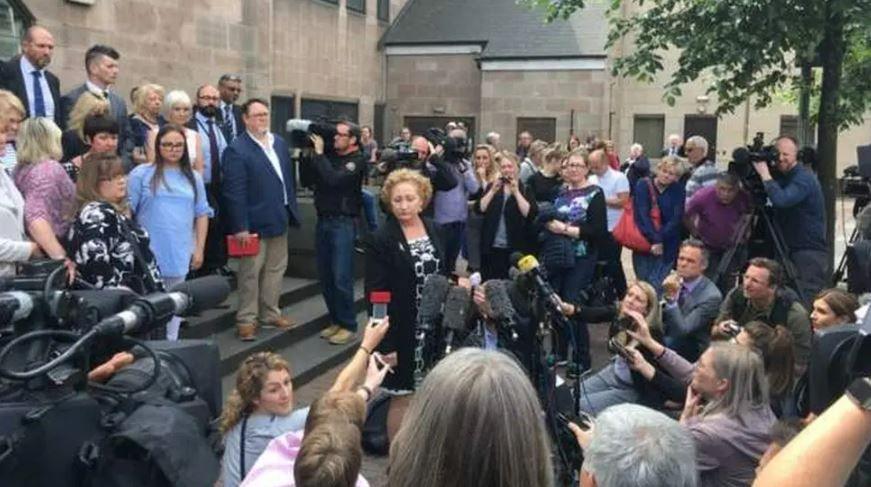
When disgraced surgeon Ian Paterson was jailed in 2017, his victims gave their reaction on the steps of Nottingham Crown Court
An initial biopsy of her axilla - a region under the shoulder joint where the arm connects to the shoulder - found that Ms Nikitas had a Grade 2 ductal cancer, the same grade as her original cancer.
At the inquest, Paterson disputed evidence which suggested he had carried out a second biopsy after this, called a core biopsy, which found cancer in her reconstructed left breast.
As well as denying that he had performed this biopsy, Paterson also rejected that the recurrence of cancer was in her reconstructed breast.
"This is where your knowledge of anatomy is letting you down," he told the inquest.
"Left breast reconstruction restarts in axilla, you've got an axillary portion in the left breast reconstruction.
"It's not wrong, it's just not geographically precise. It was in the axilla."
Paterson said the cancer was "clearly not" from her breast reconstruction, because the cancer she was diagnosed with in 2005 would be associated with the kind of cancer she had in 2002 - a ductal carcinoma in situ (DCIS).
"If there was residual tissue... then we know that any recurrence there would have to be associated with DCIS and there's no DCIS in the core biopsies," he told the inquest.
'There was no abnormality'
After her diagnosis in October 2005, Ms Nikitas opted to have her reconstructed breast removed, with the inquest hearing she was "very keen" that it was done as soon as possible.
When asked why the reconstructed breast was removed if there was no breast tissue left in it, Paterson said it was due to the patient's wishes.
"She may well have thought the reconstruction had let her down. There is a slightly higher risk of recurrence compared to a mastectomy," he said.
Paterson also said: "The coroner explained this operation as unnecessary and I think that's a bit harsh.
"There was no abnormality we could see in the reconstruction ... [but] she may well have decided it was a viable option to have the reconstruction removed."
The inquest continues.
Get in touch
Tell us which stories we should cover in Birmingham and the Black Country
Follow BBC Birmingham on BBC Sounds, Facebook, external, X, external and Instagram, external.
Related topics
- Published23 October 2024
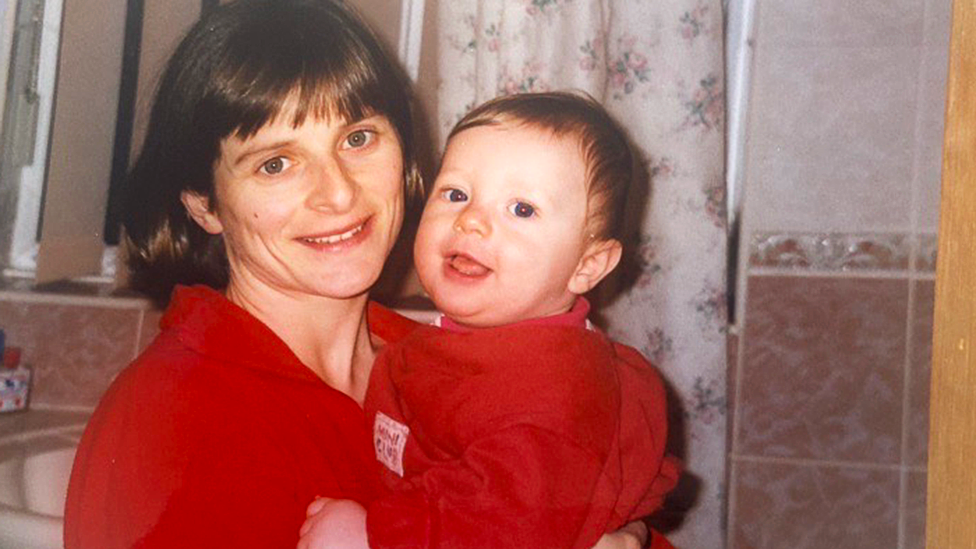
- Published22 October 2024
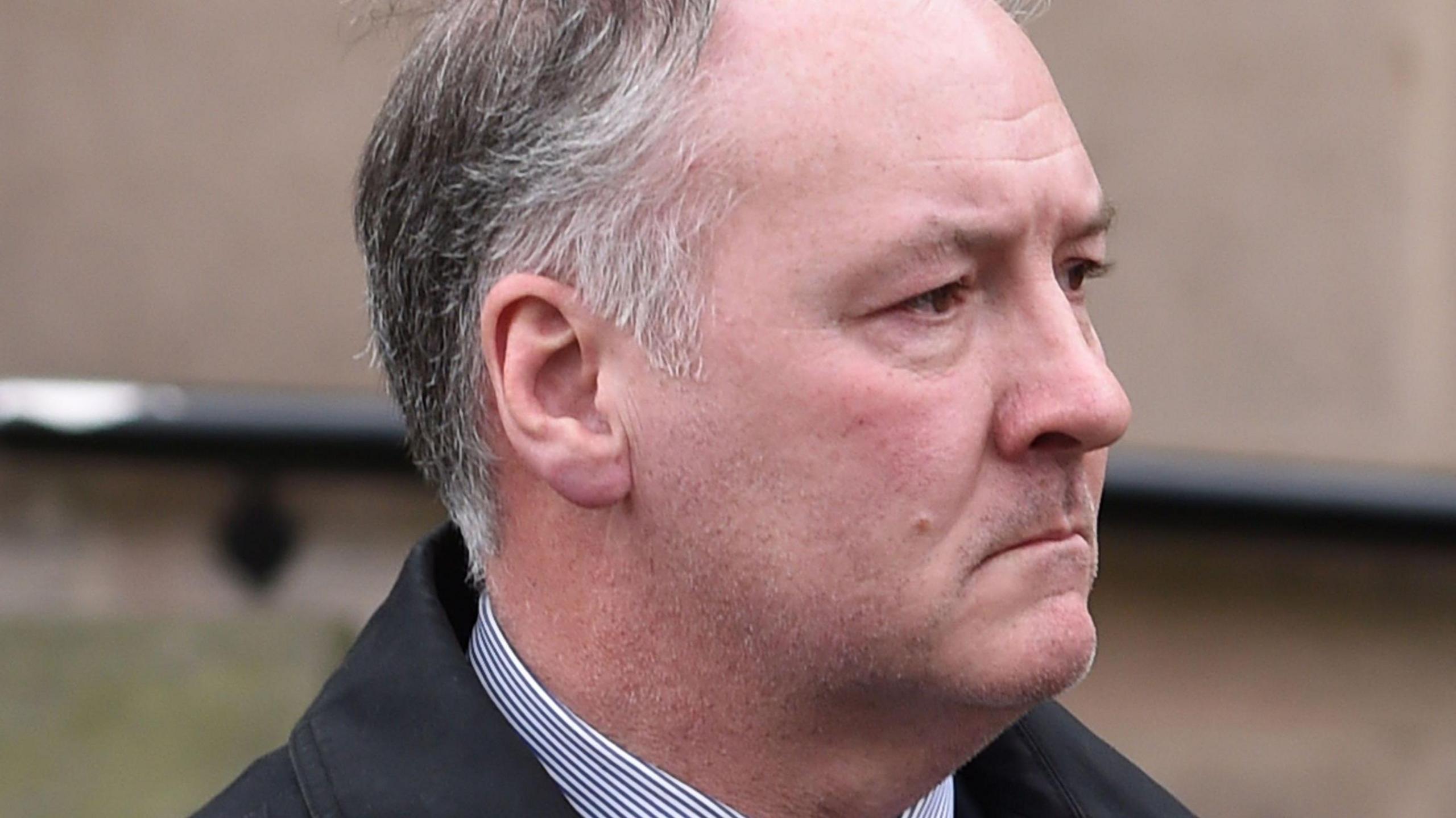
- Published12 November 2024
